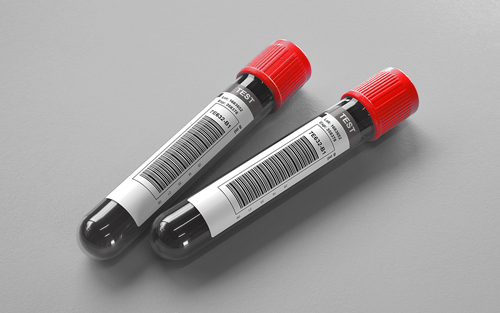Bacterial Strain Typing by Next Generation Sequencing
Ordering Recommendation
Use for epidemiological investigation of infectious outbreaks.
New York DOH Approval Status
Specimen Required
Multiple bacterial isolates that are epidemiologically related.
Transport individual isolates on agar slants or on swabs in bacterial transport media. Package isolates together in a sealed container.
Room temperature.
Mixed cultures or non-viable organisms.
Contact the Microbiology Laboratory at (800) 242-2787, extension 2576, prior to submission of the isolates.
One report will be generated for each batch tested; billing is per isolate. Order one test, using "Infection control, ####" (your ARUP client number) as the patient name. Include a list of isolate identifiers (do not use patient names) on the requisition or as an order note for electronic orders. Identifiers on the requisition must match identifiers on the isolate samples.
Isolate: Ambient: 1 week; Refrigerated: Unacceptable; Frozen: Unacceptable.
Methodology
Massively Parallel Sequencing
Performed
Varies
Reported
7-21 days
Reference Interval
By report
Interpretive Data
Method
Whole Genome Sequencing (WGS) is performed using Ion Torrent sequencing chemistry. Reference-free pairwise comparisons are performed using short, overlapping sequence matching (kmer) analysis. Relationships are determined by the percent of kmers that match between isolate pairs.
Interpretation
Predicted relatedness is based on the total number of differences between the isolates, applying the thresholds shown in the table. The dendrogram and relationship matrix (see enhanced report) illustrate isolate relatedness. Interpretation of strain relatedness should be performed by an investigator knowledgeable about whole genome strain typing procedures and based on all available epidemiological evidence. Inferred relationships based on any strain typing method should not be used for individual patient management.
WGS Strain Typing provides substantial improvements in resolution and reproducibility when compared to pulsed-field gel electrophoresis (PFGE) and can be performed on a broad range of microorganisms. Test was validated for Staphylococcus, Acinetobacter, Enterococcus, Escherichia, Pseudomonas, Stenotrophomonas, Serratia, and Klebsiella species.
This test was developed and its performance characteristics determined by ARUP Laboratories. It has not been cleared or approved by the US Food and Drug Administration. This test was performed in a CLIA certified laboratory and is intended for clinical purposes.
| Category | Kmer Identity | Epidemiological Interpretation |
|---|---|---|
| Indistinguishable | ≥99.9 | Part of the outbreak |
| Closely related | 99.8-99.2 | Probably part of the outbreak |
| Possibly related | 99.1-95.0 | Possibly part of the outbreak |
| Unrelated | <95.0 | Not part of the outbreak |
Laboratory Developed Test (LDT)
Note
Each Isolate billed separately
Hotline History
CPT Codes
87153
Components
| Component Test Code* | Component Chart Name | LOINC |
|---|---|---|
| 3002532 | Bacterial Strain Typing by NGS | 90246-0 |
| 3002533 | EER Bacterial Strain Typing by NGS | 11526-1 |
Aliases
- Epidemiology Typing
- Molecular Typing
- Bacterial Typing
- Next Generation Sequencing
- NGS
- PFGE
- Pulsed-Field Gel Electrophoresis
- Strain Typing
- WGS
- Bacterial Whole Genome Sequencing
















